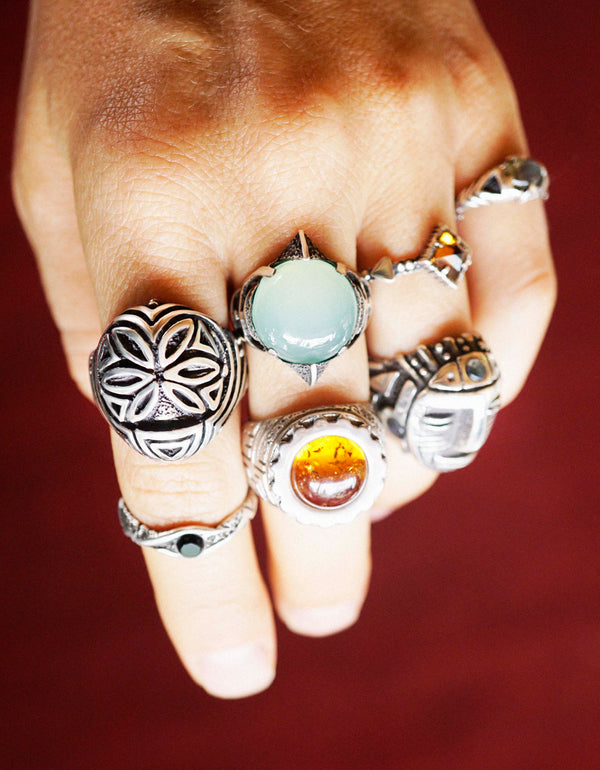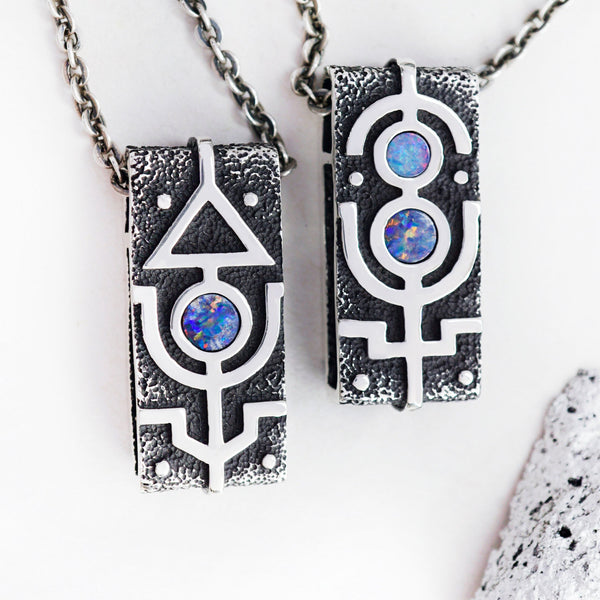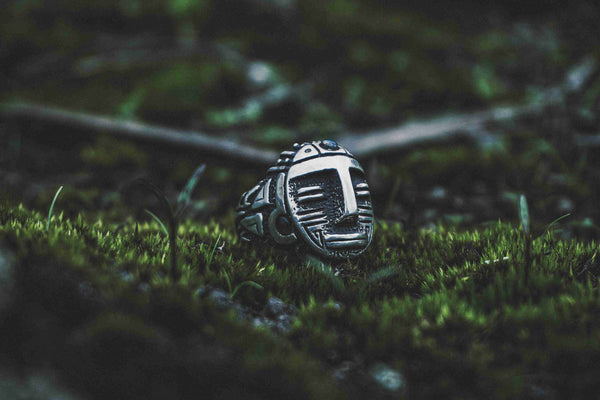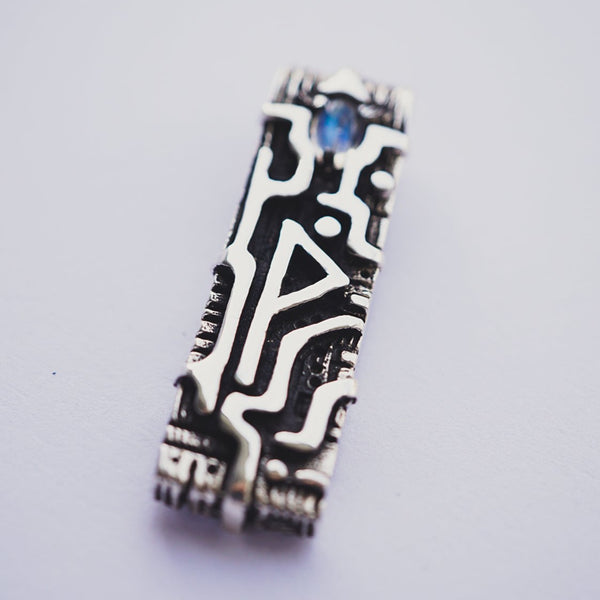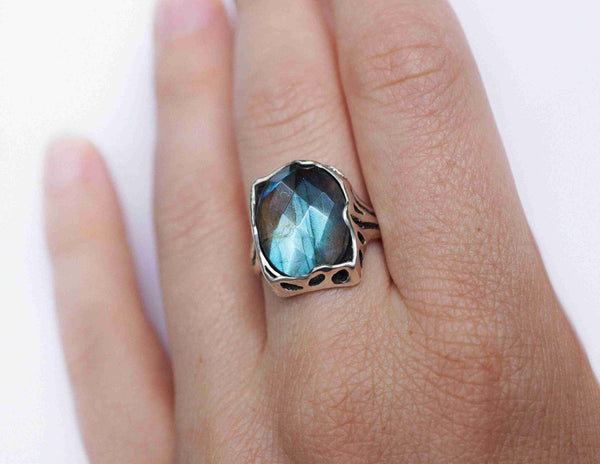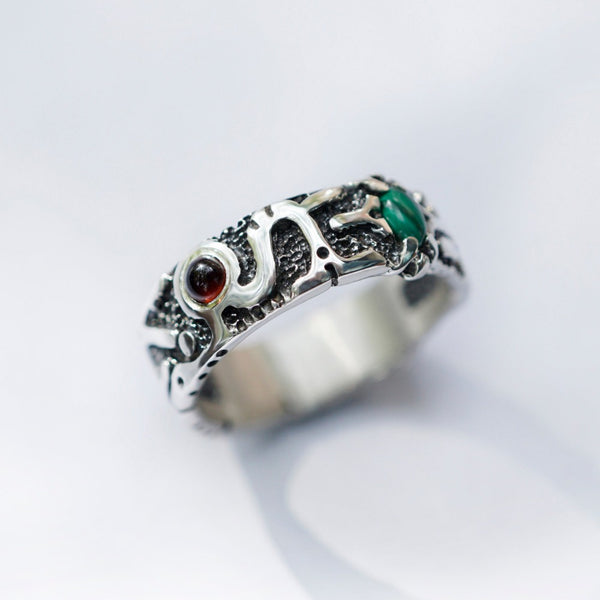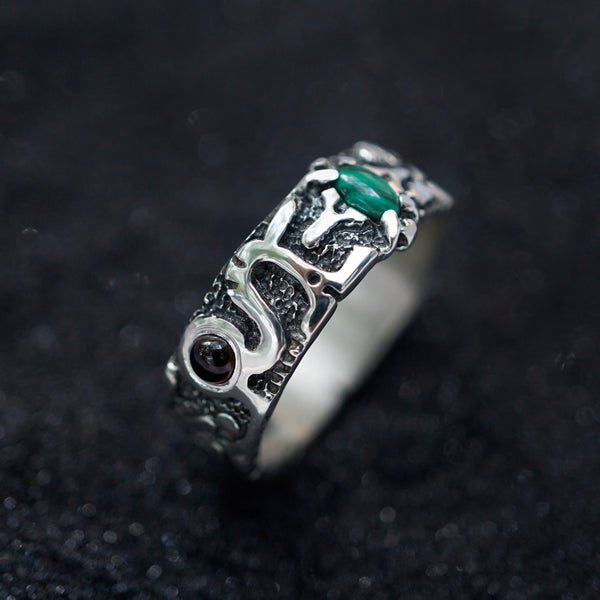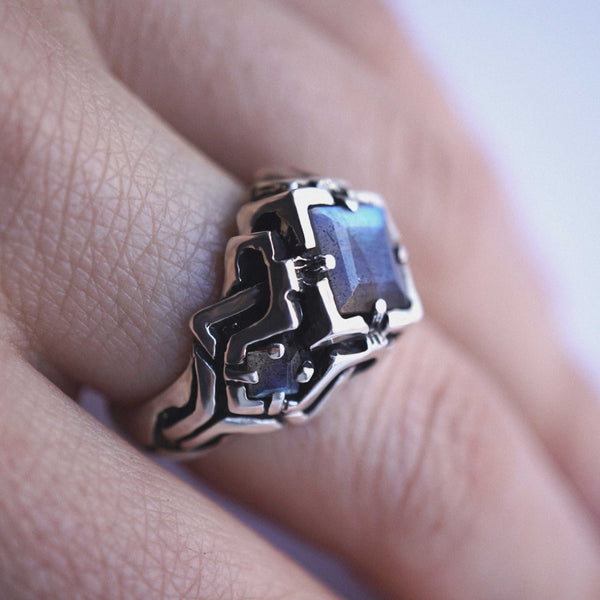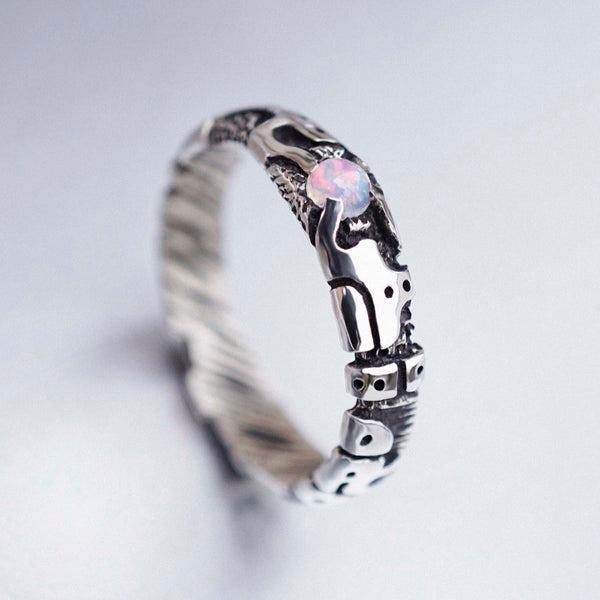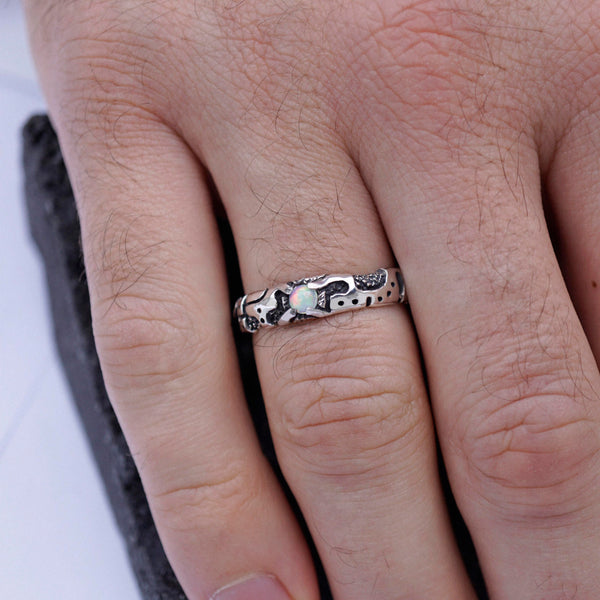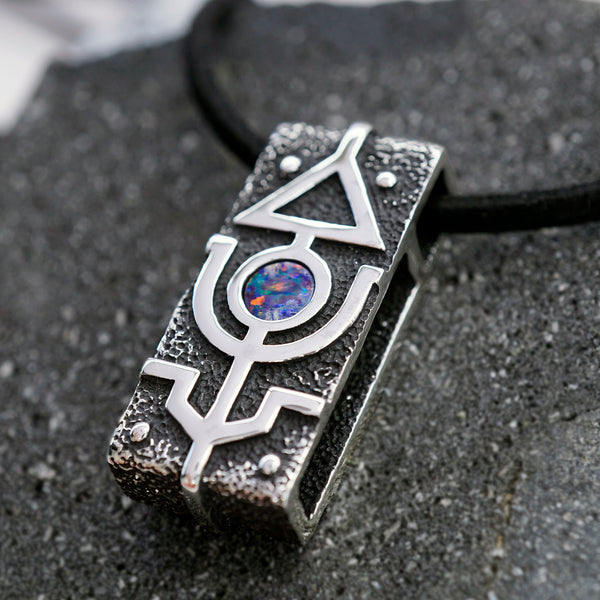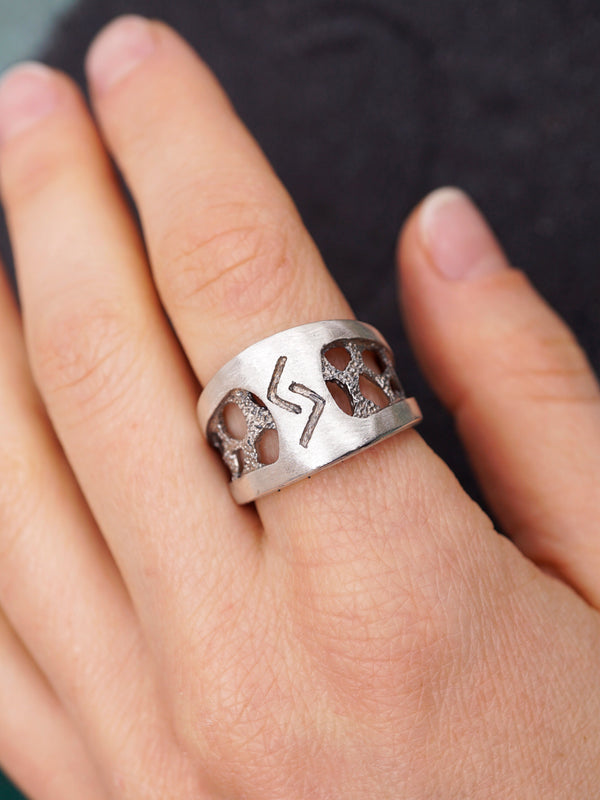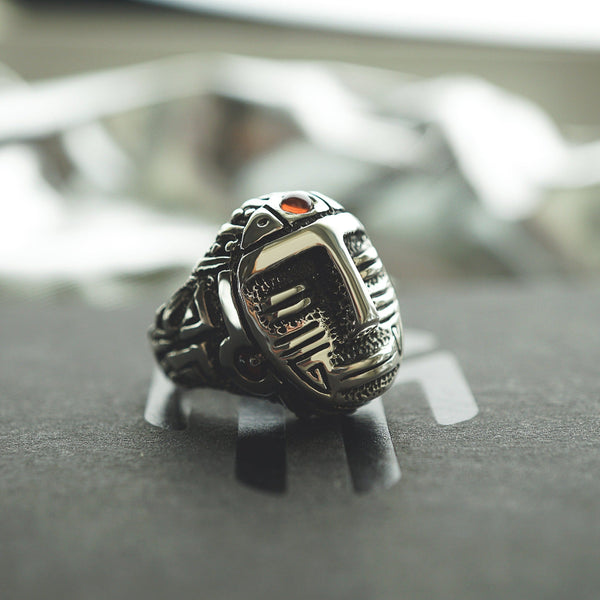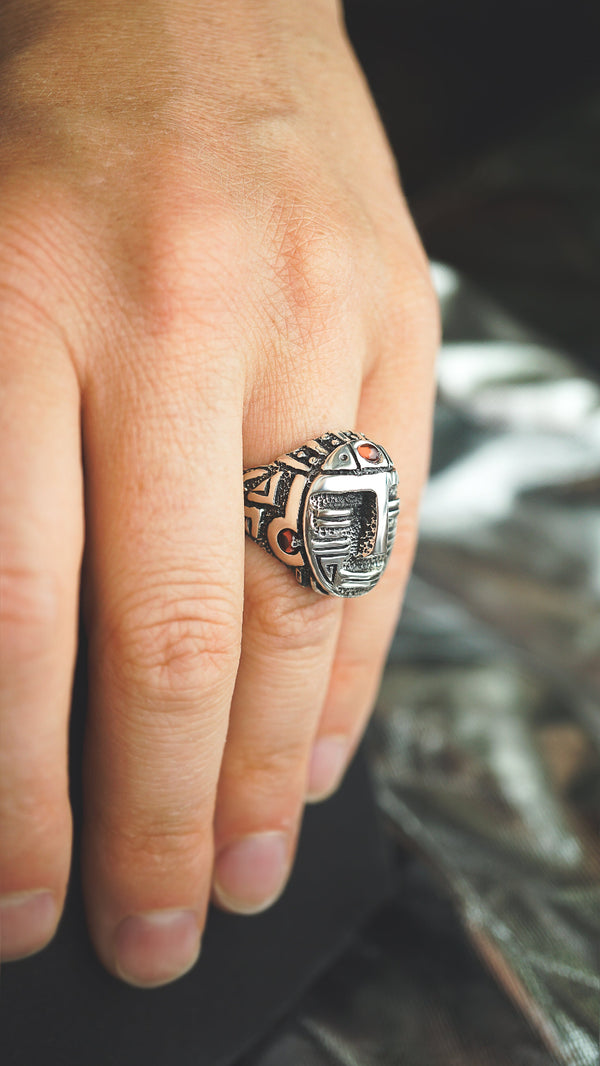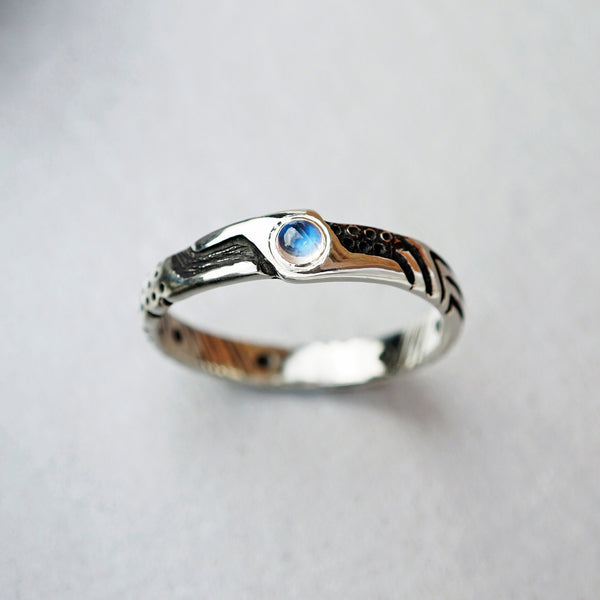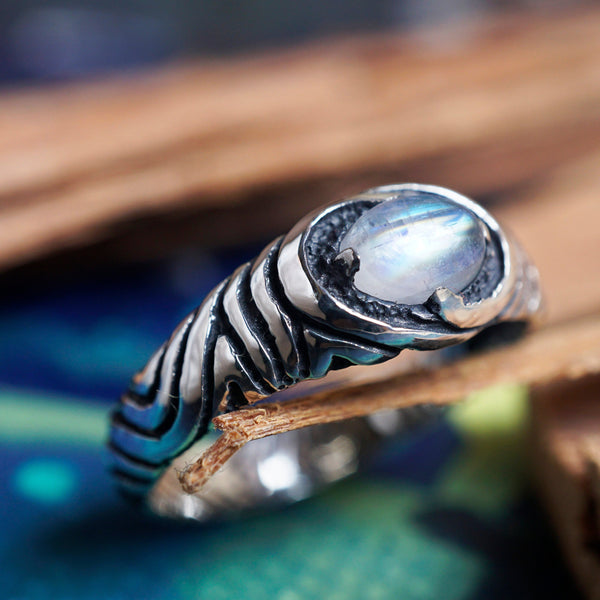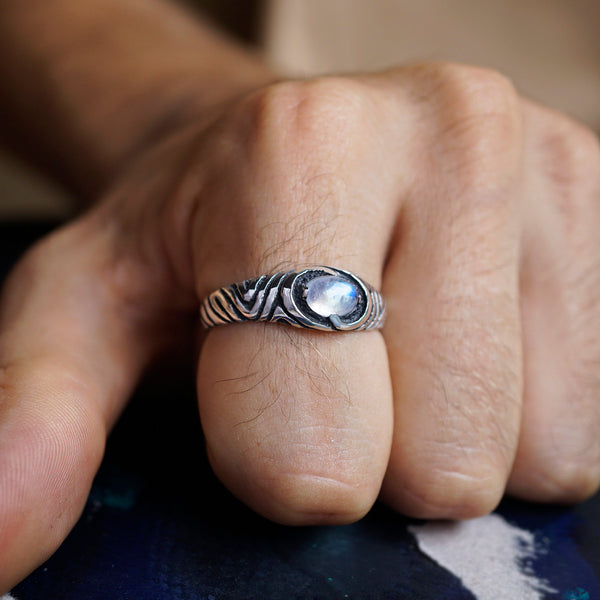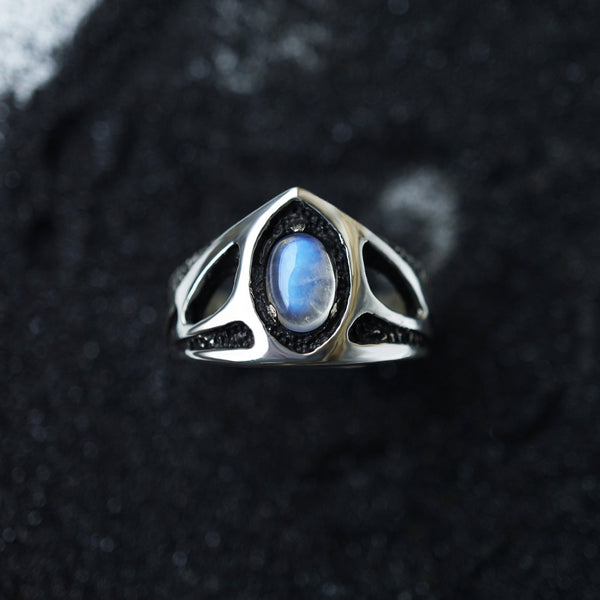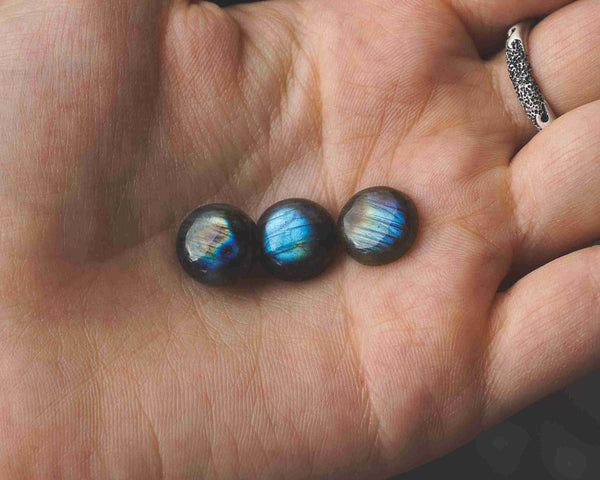
Lamellar Structures in Labradorite and Moonstone: Formation and Optical Effects
Introduction
Feldspar minerals, particularly labradorite and moonstone, are renowned for their captivating optical phenomena — labradorescence and adularescence, respectively. These effects originate from unique lamellar structures within the crystals, often described by gem enthusiasts as “curtains” due to their fine, veil-like appearance. Despite sometimes being mistaken for cracks or imperfections, these structures are natural, microscopic features fundamental to the aesthetic and scientific value of these minerals.
This article explores the origin, morphology, and function of lamellae in labradorite and moonstone, offering insights into their mineralogical basis and relevance in gemology.

1. Crystallographic Background: Feldspar Group and Exsolution
Both labradorite and moonstone belong to the feldspar group, the most abundant mineral family in Earth’s crust. They crystallize in the monoclinic or triclinic systems, depending on composition and polymorph.
These minerals often form solid solutions between endmembers (e.g., albite–anorthite in plagioclase feldspar). During cooling, especially slow cooling in intrusive igneous rocks, the initially homogeneous structure becomes unstable, and the mineral undergoes a process known as exsolution — separating into discrete phases with slightly different compositions.
As a result, thin, parallel lamellae form within the crystal lattice. These are the so-called exsolution lamellae, often referred to colloquially as “curtains.”
2. Lamellar Structures in Labradorite

2.1. Labradorescence
Labradorite is a plagioclase feldspar, typically between 50% and 70% anorthite. It exhibits a spectacular optical effect known as labradorescence, which appears as flashes of metallic blue, green, yellow, or multicolor sheens when viewed from certain angles.
This effect arises due to:
- Interference and diffraction of light on nanoscale exsolution lamellae of sodium-rich (albite) and calcium-rich (anorthite) feldspar phases.
- The lamellae act as thin-film structures, selectively scattering different wavelengths depending on their thickness and spacing.
2.2. Lamellae Characteristics
- Orientation: Typically parallel to the twin planes (e.g., Albite or Pericline twinning).
- Thickness: Tens to hundreds of nanometers.
- Spacing: Critical to producing visible optical effects; optimal spacing produces blue labradorescence (~450–495 nm).
2.3. Geological Context
These lamellae form deep within igneous rocks, especially anorthosite intrusions, during very slow cooling. Time is essential — too fast, and the exsolution process is incomplete; too slow, and lamellae coarsen beyond the scale needed for optical phenomena.
3. Lamellar Structures in Moonstone
3.1. Adularescence
Moonstone is typically composed of orthoclase (KAlSi₃O₈) and albite (NaAlSi₃O₈) intergrowths. It displays a soft, bluish-white glow that seems to hover just below the surface — a phenomenon known as adularescence.
Like labradorescence, this effect results from:
- Light scattering on extremely fine intergrowth lamellae (exsolved phases) of albite and orthoclase.
- The internal layers cause diffraction and interference, but with a more subtle, diffused light due to the smaller differences in refractive indices and thinner lamellae.
3.2. Aesthetic Qualities
- Fine and regular lamellae produce the best adularescence — a “floating light” effect.
- Irregular lamellae or cloudiness can dull or scatter the effect unfavorably.
4. Misinterpretation: Lamellae vs. Fractures
It is crucial to distinguish between lamellae and fractures:
|
Lamellae |
Fractures |
|
Natural, structural exsolution |
Physical damage |
|
Microscopic, often parallel |
Random, jagged |
|
Responsible for optical effects |
Typically undesirable |
|
Stable under normal conditions |
May propagate under stress |
While lamellae may visually resemble internal stress marks or inclusions, they are integral to the crystal's structure and beauty.
5. Gemological Significance
5.1. Value Indicators
- Presence of visible lamellae is desirable if they enhance labradorescence or adularescence.
- Evenness, directionality, and color purity influence gem quality.
- In moonstone, a centered and focused sheen is most valued.
- In labradorite, broad and vivid flashes, especially blue, are prized.
5.2. Cutting Orientation
Lapidaries often orient the stone so that lamellae are parallel to the surface, maximizing the visibility of optical effects. This is particularly important for cabochon cuts, the preferred shape for both moonstone and labradorite.
Conclusion
The internal "curtains" or lamellar structures in labradorite and moonstone are not imperfections but are the very essence of their visual magic. Originating from complex exsolution processes during slow geological cooling, these microscopic intergrowths create unique optical effects that captivate gem lovers and scientists alike.
Understanding their origin and behavior deepens our appreciation for these gems — and reminds us how the beauty of nature often lies hidden in microscopic layers.


